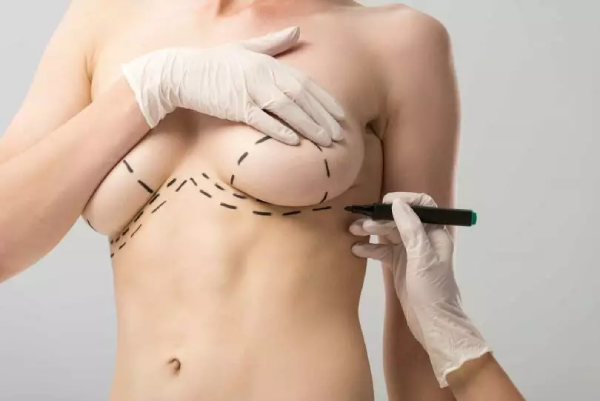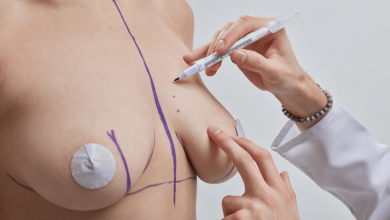Full Face Lift vs. Mini Face Lift and Its Differences

What is the difference between a Mini Facelift and a full Facelift?
Patients are talking about sagging skin and volume loss in the face and neck. It can be difficult to decide which solution is best for your concerns with so many facelift solutions on the market. We will explain the distinctions between a complete facelift and a mini facelift in this article.
What exactly does a complete facelift entail?
A complete facelift is also known as a conventional facelift.
The bottom two-thirds of the face was addressed in a complete facelift. It vertically repositions sagging cheeks and other facial tissues.
Loose skin on the neck and cheeks is removed during the process. It improves the definition of the jawline and corrects the lack of weight in the centre of the face.
The effects last a long time.
The incisions for a complete facelift are made behind and around the ears in a discreet manner. This is required to eliminate the maximum amount of excess skin.
What is the difference between a mini facelift and a full facelift?
Technically known as a SMAS plication lift, this operation is also known as a short-scar facelift. It is normally reserved for patients who are younger.
Minor sagging of the lower face and neck can be reduced with a mini facelift.
It is a skin-tightening treatment with a faster recovery time than a typical facelift.
The incision is narrower than a complete facelift incision.
When compared to a complete facelift, the mini facelift takes less time to heal.
Both facelift and mini face lift do not resolve age-related shifts in the upper lip, such as sagging eyelids or forehead wrinkles. To receive complete facial rejuvenation, many facelift patients prefer to pair their surgery with a brow lift or an eyelid lift.
The many types of facelift surgery can be intimidating and daunting, so it is best to talk to a facial plastic surgeon about them.
When compared to a mini facelift, how long can the benefits of a mini facelift last?
Patient behaviour, sun sensitivity, and weight fluctuations are both factors that affect the longevity of both a mini facelift and a complete facelift. Since a mini facelift is less intrusive, the effects will last or be visible for a shorter amount of time than a complete facelift. In the right hands, the best applicant for a mini facelift should expect to see long-term success.

What is the difference between a mini facelift and a traditional facelift in terms of recovery time?
Our mini facelift patients, on average, heal twice as much as the average facelift patient. This means that one week after surgery, our mini facelift patients are back in the public eye and/or at work. Minor bleeding can occur, which can be concealed with makeup.
What is the price gap between the two in general?
In general, a complete facelift costs two to three times as much as a mini facelift.
What is the best age to have a mini facelift?
Men and women in their mid to late 40s, up to their 60s or 70s, are mostly fine candidates for mini facelifts. There is not a specific cut-off age; alternatively, we consider a person’s physical fitness, mobility, and recovery priorities.
What is the difference between a facelift and a mini facelift in terms of surgery?
In comparison to a complete facelift, the mini facelift process involves less detailed dissection and cutting. A mini facelift usually tackles the jowls and upper lip, while a full facelift can often address the midface and full neck. Because of the variations between the degree of dissection and handled areas of the face and body, it is important for the patient to set reasonable expectations for a mini facelift.
Contact us for more information and advantages of getting a facelift in Turkey.







